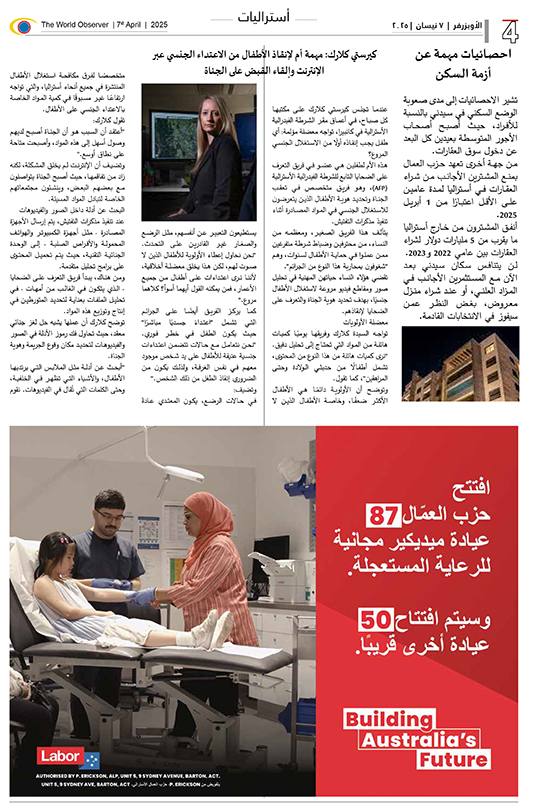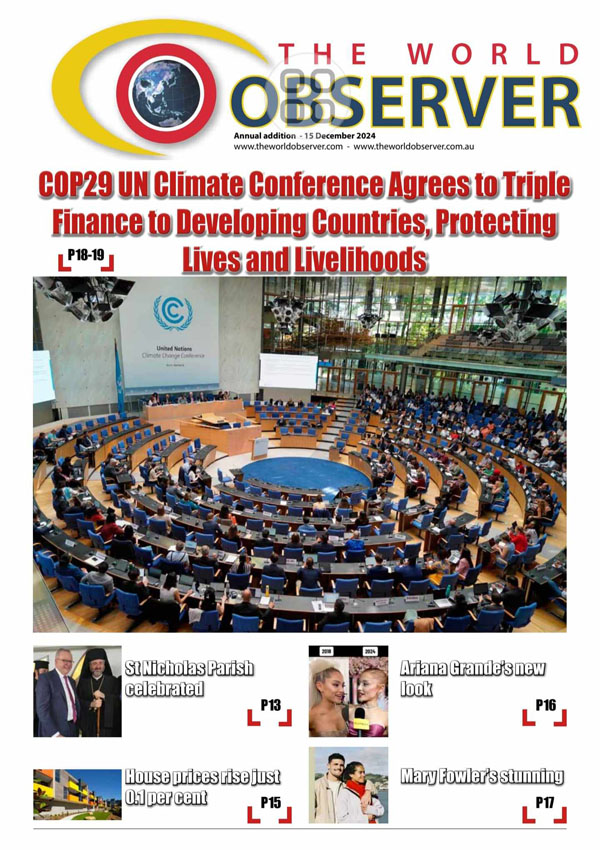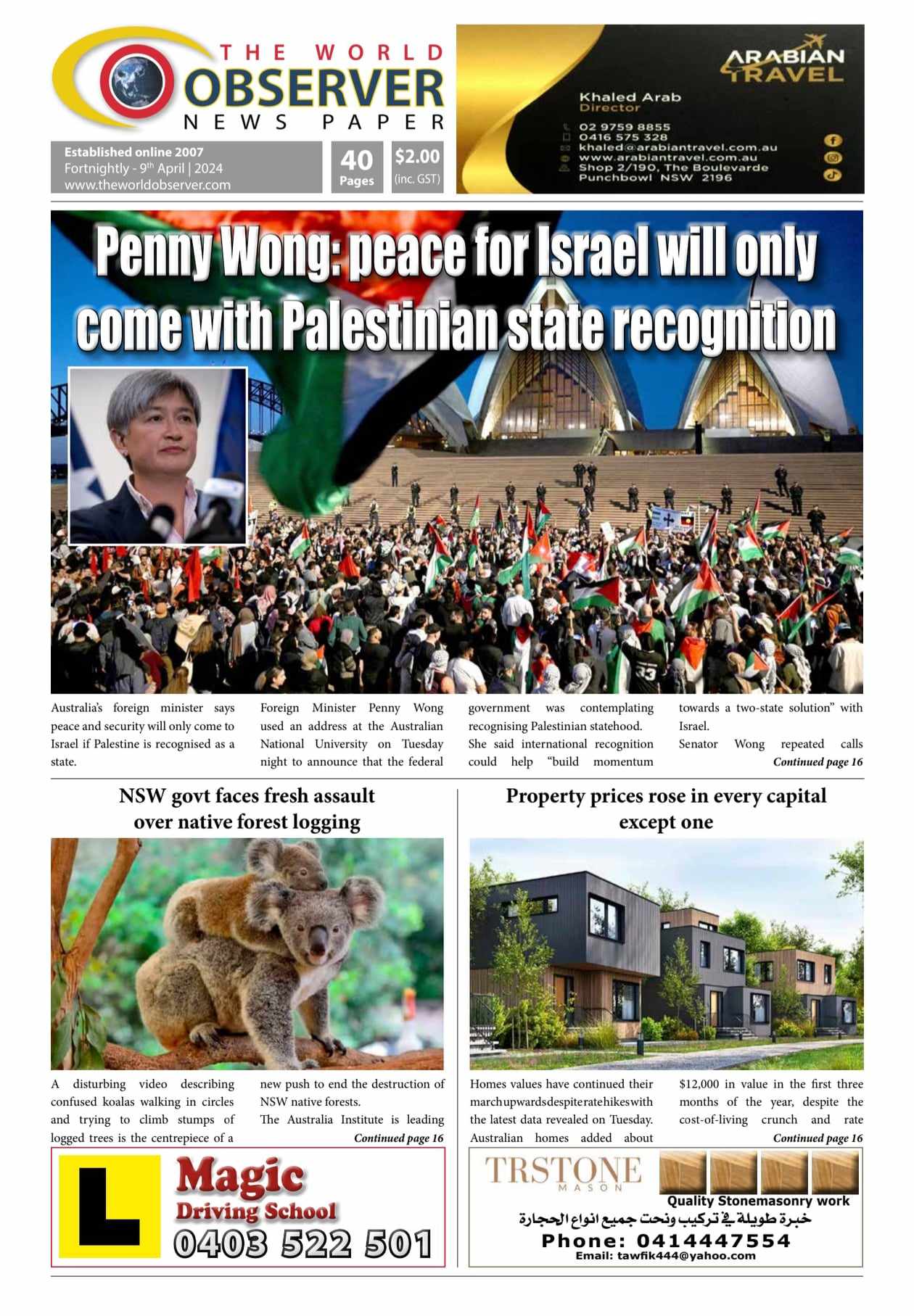
The research from the Queensland University of Technology said Australia needed to pivot the housing debate away from increasing supply in the short term and focus on better utilising existing homes.
It has also called for governments and policymakers to consider incentivising older home owners, who more likely have a spare bedroom, to increase the current stock by renting out their spare bedrooms.
Currently, there are about 3.2 million homes in Australia with one spare bedroom, an additional 3 million have two rooms spare, and 1.2 million have three.
“New housing supply has long lead times, which means any potential relief is years away,” the report said.
“Millions of empty bedrooms exist and yet many older home owners live in poverty rather than risk losing their pension or paying taxes by renting out a spare bedroom.”
Researchers also pointed to the Commonwealth’s State of Housing System report that projected demand for housing would outstrip supply until 2029.
“Were policymakers able to address a fear of losing the pension and/or generating a capital gains tax liability on sale, this paper suggests older Australians may be incentivised to rent out spare bedrooms,” the report said.
“A policy position that could provide short-term relief to both the rental and the cost of living crises for vulnerable Australians.”
There are a million empty homes in Australia
Swinburne University’s Wendy Stone, who specialises in housing and social policy, said utilising existing housing stock was among several solutions to address the housing crisis.
“So what we know in Australia right now is that we need more housing, so potentially opening up people’s spare rooms may be an option where this can be done,” she said.
Professor Stone said governments shouldn’t only be looking to address spare bedrooms but the unoccupied homes across Australia.
During the last Census, there were about 1 million homes unoccupied.
“So this is a different scenario. We’re not talking about bedrooms alone here. We’re talking about empty dwellings … It’s also important that we think about how those dwellings can be better used,” she said.
Professor Stone has suggested solutions to improve access to existing housing stock, such as restrictions on short-stay accommodation.
Some jurisdictions in Australia are already making changes in this direction, for example, the Victorian government will be implementing a new levy on short-stay accommodation providers, which will come into effect from January next year.
“We need to get dwellings that have been moved over to the tourism industry back into the housing system that can help people have a secure home,” she said.
Governments need an interventionist approach to tackle housing, expert says
RMIT University’s Jago Dodson, who specialises in housing and urban policy, said governments at all levels had reduced spending on public housing over the last few decades.
He believes that’s contributed to the current housing crisis.
“The federal government stopped pumping money into public and social housing directly through the grants and loans to the states,” he said.
“That meant that the construction of public and social housing fell away and has declined as a share of stock.”
The Australian Institute of Health and Welfare’s latest data showed between 2006 and 2022, social housing stock grew by just 36,200 dwellings, or about 2,260 homes each year.
It’s why Professor Dodson believes the federal government needs to take an interventionist approach to tackle the housing crisis.
“In the short to medium term, the market is not going to supply the level of housing that’s needed to bring crisis down,” he said.
Professor Dodson referenced a study from the Australian Housing and Urban Institute that called for a tripling of social housing stock to address public housing waitlists.
“That requires large-scale construction and requires pretty strong intervention from government … the cheapest way of doing that was through direct government intervention, rather than leaving it to the private sector,” he said.






































 The World Observer Media produces a daily online newspaper, a daily Arabic online newspaper and a monthly printed Arabic/English magazine and a weekly printed Arabic/English newspaper.
The World Observer Media’s mission is to entertain and educate all generation from the Ethnic Communities in Australia, who are interested in local, national and foreign information.
The World Observer Media produces a daily online newspaper, a daily Arabic online newspaper and a monthly printed Arabic/English magazine and a weekly printed Arabic/English newspaper.
The World Observer Media’s mission is to entertain and educate all generation from the Ethnic Communities in Australia, who are interested in local, national and foreign information. 


